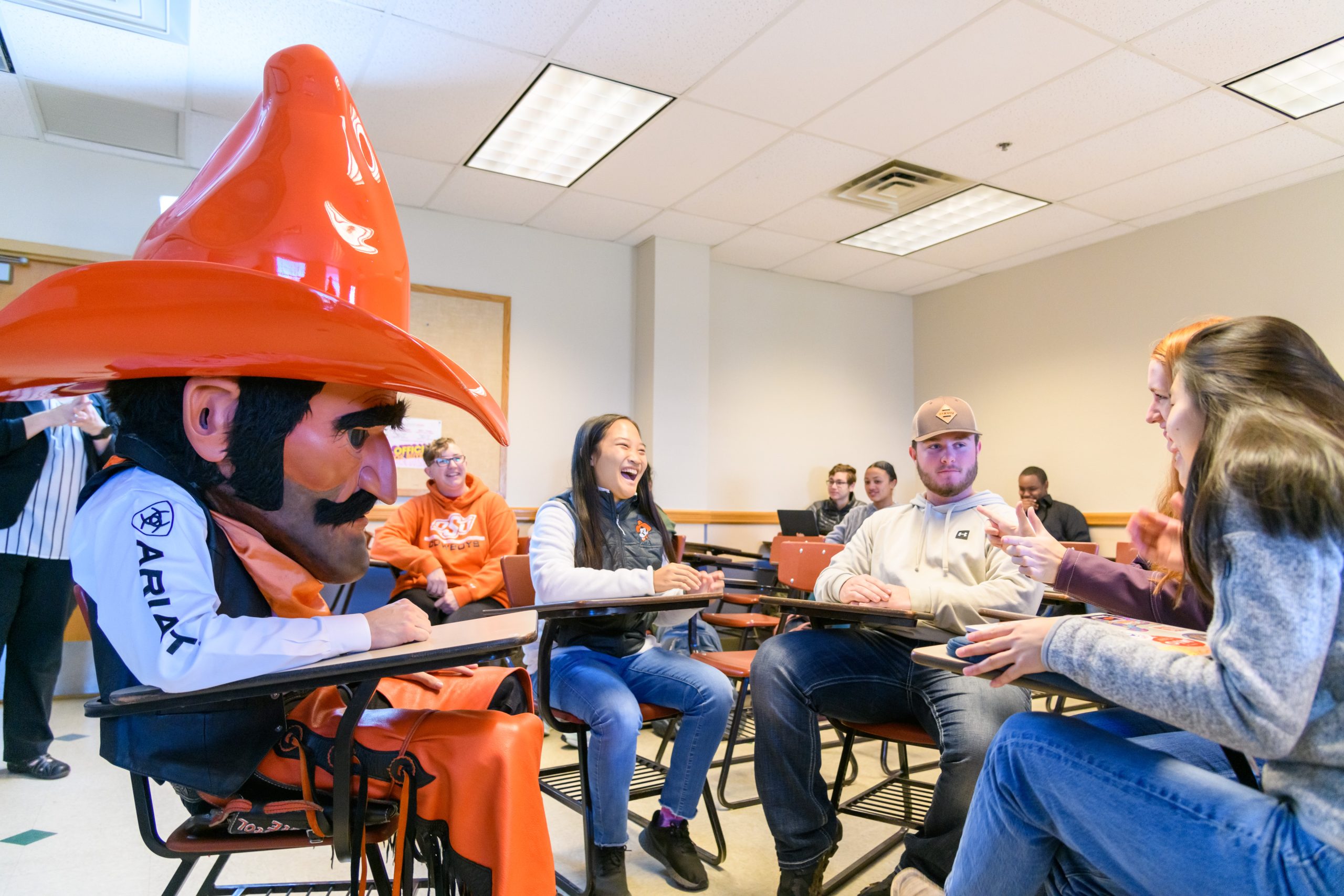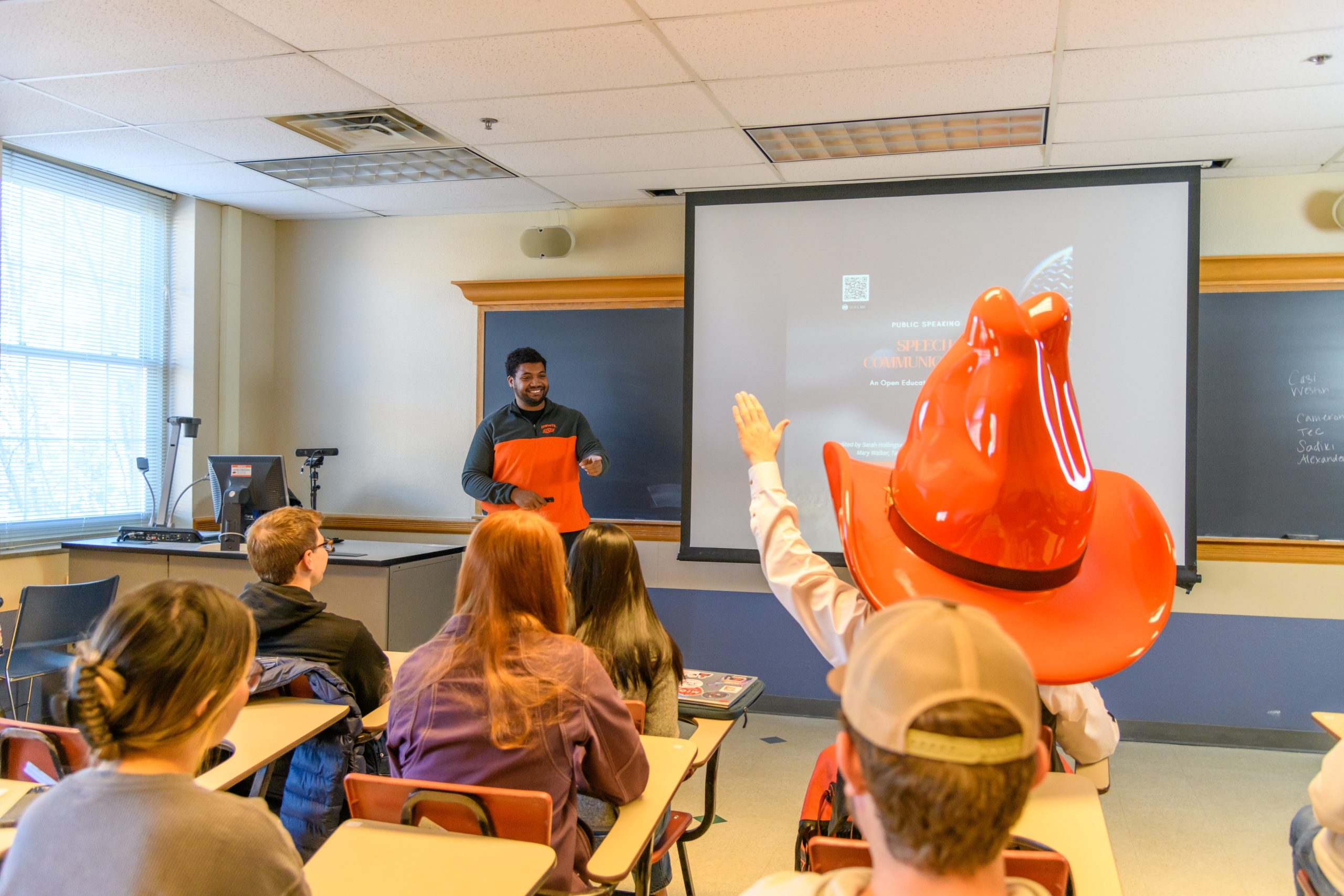6.1 Culture and Communication
Click below to play an audio file of this section of the chapter sponsored by the Women for OSU Partnering to Impact grant.

“Cultural differences should not separate us from each other, but rather cultural diversity brings a collective strength that can benefit all of humanity.” -Robert Alan Aurthur
Humans have always been diverse in their cultural beliefs and practices. But as new technologies have led to the perception that our world has shrunk, and demographic and political changes have brought attention to cultural differences, people communicate across cultures more now than ever before. The oceans and continents that separate us can now be traversed instantly with an e-mail, phone call, tweet, or status update. Additionally, our workplaces, schools, and neighborhoods have become more integrated in terms of race and gender, increasing our interaction with domestic diversity. The Disability Rights Movement and Gay Rights Movement have increased the visibility of people with disabilities and sexual minorities. But just because we are exposed to more difference doesn’t mean we understand it, can communicate across it, or appreciate it. This chapter will help you do all three.

Pistol Pete found himself grappling with a profound conflict. Known for his unwavering spirit and deep love for his country, Pete was a symbol of unity and school pride. But recent events of police brutality and systemic injustice had cast a shadow over the land he held dear, causing distress among the Black students at OSU, including one of his closest friends, James.
Pete and James had shared many moments on and off the field, their bond going beyond their shared love for their university. James had always been there for Pete, supporting him in every endeavor, just as Pete had stood by him. The recent unrest had affected James deeply, and Pete could see the pain and frustration in his friend’s eyes. The usually vibrant and positive James now wore a look of weariness, his spirits dampened by the grim reality that he and many others faced.
This personal connection made the issue even more real and urgent for Pete. He felt a strong urge to support his friend and the other students who were feeling the same distress. But at the same time, his patriotism stirred within him, his deep-rooted respect for the country conflicting with the disheartening circumstances.
Pete decided to lean into the conflict rather than shy away from it. He reached out to James, engaging in heartfelt conversations about the experiences and fears James was dealing with. He attended open dialogues and town hall meetings to understand the broader experiences of the Black students at OSU. Through these interactions, Pete was striving not only to comprehend the gravity of their concerns but also to explore how he, as Pistol Pete, could contribute to the solution.
As Pete listened to James and the other students, he began to understand that standing up against injustice and advocating for equality was, in itself, a deeply patriotic act. It was about aspiring for a better, fairer country — a place where everyone, including his dear friend James, could feel safe, valued, and respected.
Motivated by this newfound understanding, Pete used his platform to promote awareness, foster unity, and advocate for change. His actions sent a clear message of his commitment to the OSU community, reinforcing the idea that patriotism and support for the fight against systemic injustice were not mutually exclusive but could harmoniously coexist.
Navigating this delicate balance was challenging, but Pistol Pete, driven by his love for his friend and his community, was determined to play his part in fostering a more inclusive and equitable environment at Oklahoma State University. What qualities and actions demonstrate Pete’s intercultural competence during this challenging situation?

